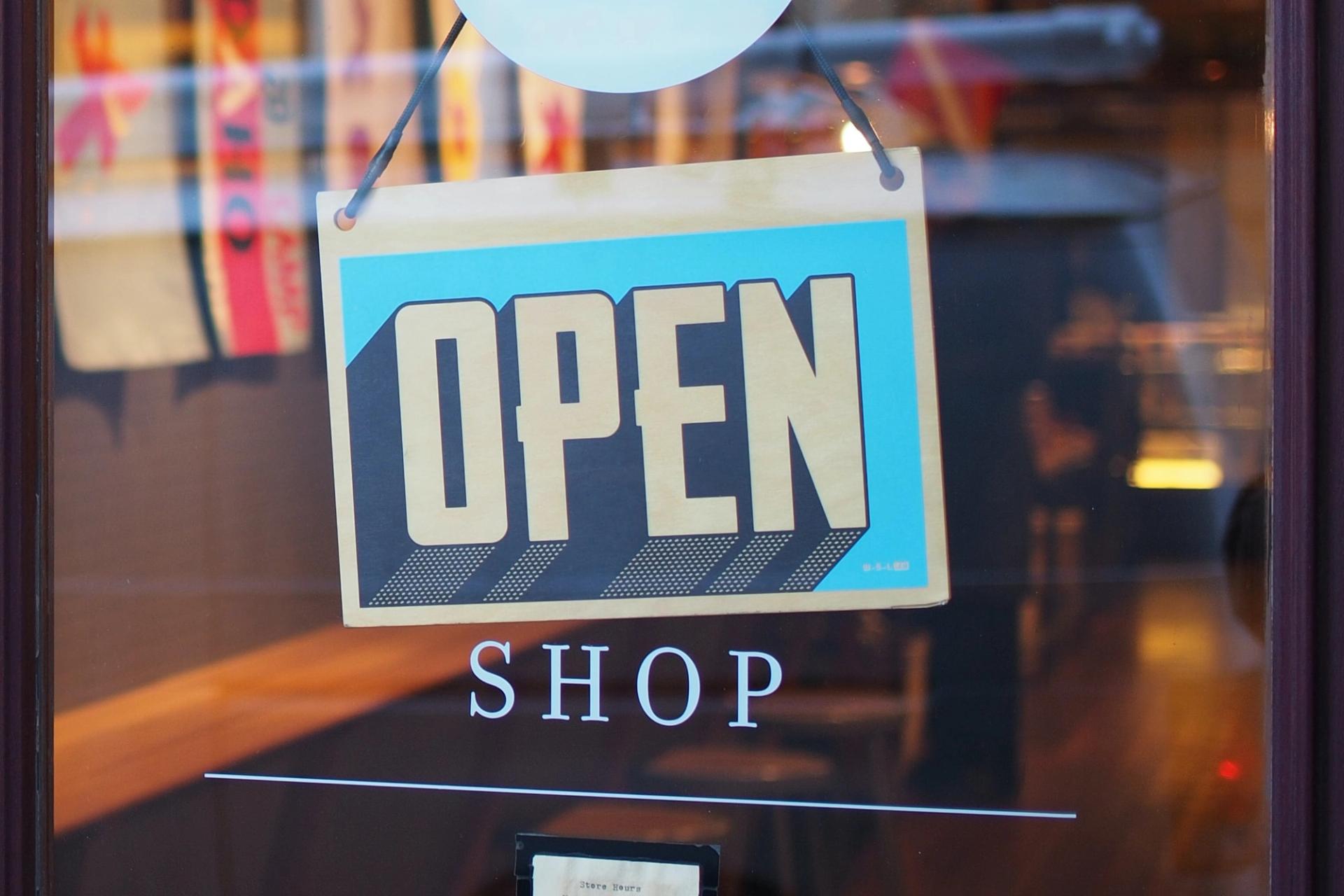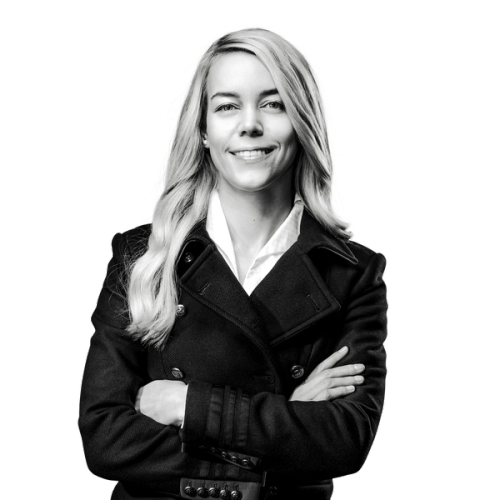Business model transformation in stationary retail
June 30, 2021
- New Insight

The summer months of 2021 will boost stationary trade. However, a structural problem remains: retail too often acts as a “warehouse” with a takeaway option. Remaining like that, in the long term it would not be able to compete with online retailers and branded companies marketing their own products. Therefore, stationary stores must become a place of experience in order to make the physical visit relevant again. With the help of our international colleagues, our retail experts have compiled examples from all over the world to illustrate what this can look like in practice.
“Essentially, we see six major options that turn shops into places of experience,” says Dorothée Fritsch, director and expert for retail and fashion at FTI-Andersch. "In order to collect these findings, our experts have visited fashion, beauty, home and furnishing and equipment dealers mainly in North America and Asia. We would like to present these findings to you with very particular examples.“
'Try before you buy' reinterpreted: No product testing, but creating emotions for product and location
How warm the new winter jacket really keeps you at extreme temperatures, is what the outdoor clothing manufacturer Canada Goose shows in subtropical Hong Kong (and soon also in Frankfurt, Germany) with their 'cold room': At -33 degrees Celsius, visitors can determine the wind intensity. At Nike in New York, shoes and balls can be tried out directly on the indoor basketball court – while an app tracks the performance. Dyson in Hamburg has a beauty lab set up where customers can be treated with Dyson products. “In these examples, trying out is presented in a sophisticated way,” says Dorothée Fritsch. “To experience the 'cold room' or to measure your own basketball performance – that really justifies a local visit.“ An example with less effort but high impact is the retail chain b8ta from San Francisco. A current household robot can be tried out there – alongside tried-and-tested branded consumer electronics products. “You can take photos of the robot and tell friends,” says Fritsch. “All of this follows a reinterpretation of 'Try before you buy': it's no longer about quality testing. Everything can also be sent back online. It's about emotions that are associated with a product and thus also with the store visit.“
Playful selection and learning processes: Interacting with brands – and leaving the store with more experiences and information
A virtual character guides visitors through the Burberry store in Shenzhen on their mobile phone – products are explained online. And if they post via social media, they can unlock rewards through a virtual currency. At the Sephora cosmetics chain in Barcelona, visitors can take a slide into the store. In the Samsung store in New York, staffers can use 96 55-inch screens to contact their customers. “Today, modern store concepts use the play instinct of their customers in a targeted manner in order to create closeness,” says Mike Zöller, retail expert and partner at FTI-Andersch. “And offer the opportunity to learn something: Where exactly are the raw materials for the new bag mined and how? How is a new fragrance created? Many customers appreciate not only the playful, but also gain knowledge which adds value. But dealers shouldn't overdo it: it's not about giving lectures. But to convey information in a targeted manner – in the best case using playful elements such as an app, on-site experiments or a live creation or assembly of the products."
Co-creation of products on site: Experiencing customization
At Tommy Hilfiger in London, outfits can be put together virtually in the 'Smart Mirror' – without having to try them on directly and completely. At Apple, most products can be engraved individually. "The automotive industry has been demonstrating for years how individualizing a product down to the last detail works," says Mike Zöller. "However, customers can only really experience this individualization of their car afterwards – and they can't observe the manufacturing process. This is where brick-and-mortar retail can score points by offering direct on-site individualization processes. In the case of fashion brands, this can be a specific limited-edition patch or engravings. But also the mix of own creations, for example in the context of cosmetics/perfumes, is conceivable.
Multisensory: Targeted use of the senses to create the right atmosphere
At loudspeaker manufacturer Sonos in New York, customers can experience sound in miniature houses and fully engage in this auditory experience. L'Occitane en Provence brings the scent of the South of France into its stores through dried flowers and also offers hand massages. At the Telekom store in Frankfurt am Main, a free tasting session awaits in a lounge to turn waiting time into feel-good time. Dorothée Fritsch says: "Whether hearing, smelling, touching, tasting – people are sensual beings whose personal mood is directly influenced by these factors." The expert advises to examine one's own clientele precisely to this end: "Where can immediate added value be achieved by appealing to one or more of the senses, especially in my target group?" says Fritsch. "Those who feel good are more likely to make a purchasing decision. And are significantly more likely to come back."
Social media content: Customers create memories in the store – and share them online
Many people who have reached the Sephora store in Barcelona via the slide find the experience so unique that they immediately take a picture or film it and then share it on social media. At L'Occitane en Provence, customers like to pose with ever-changing art installations. Burberry in Shenzhen rewards social media posts as described above. "Anyone who thinks up a store concept should plan for the fact that, in the best-case scenario, people will not only report on it verbally – but will bring pictures, videos and audio recordings or share them with a broad public right away," says Mike Zöller. "To do this, it is important to create relevant occasions, as in the examples given here, and in the best case to offer changing opportunities to keep the incentive to return high at all times. In Germany, the DSGVO and the KunstUrhG in particular need to be observed here when it comes to third-party images."
‘Retail as a Service’: Professional store implementation for branded companies without own stationary presence
With TheMarket @ Macy’s, the American department store chain Macy’s offers a very simple concept for third-party providers: Sales areas and presentations can be rented exclusively for a certain period of time – Macy’s takes care of the design and decoration, sales and service. At b8ta, the retail chain already presented here, manufacturers can also rent their own showrooms and let customers try out their products, some of which are prototypes. "Retail as a service is still a young concept," says Dorothée Fritsch. "But it is a clever one: business models such as product life cycles are becoming shorter, know-how more specific. It makes it possible to concentrate on developing innovative products and building brands on the one hand, and the distribution of these products by retail professionals on the other. Especially those who have large areas can generate additional business in this way – or completely change their own business model in the medium term."
About the study:
The examples presented here are based on part 3 of our study series 'Future Cities'. In the full report ‚Business Model Transformation in Stationary Retail: Selected Success Stories and Creative Approaches', further insights into international retail and branded goods companies are provided and four concrete local examples of micro-enterprises that have successfully adapted their business model to current conditions are presented. You can download the full document here – click down below.
About FTI-Andersch:
FTI-Andersch is a management consultancy that supports its clients in the development and implementation of sustainable future/performance and restructuring concepts. FTI-Andersch actively supports companies that have to deal with operational or financial challenges – or want to align their business model, organisation and processes for the future at an early stage.
Clients include, in particular, medium-sized companies and corporations that operate internationally. FTI-Andersch is part of the internationally active FTI Consulting Group (NYSE: FCN) with more than 5,500 employees.
Your Contacts
 Dorothée Fritsch
Dorothée FritschHead of Business Development & Strategy
 Mike Zöller
Mike ZöllerSenior Partner & Member of the Board